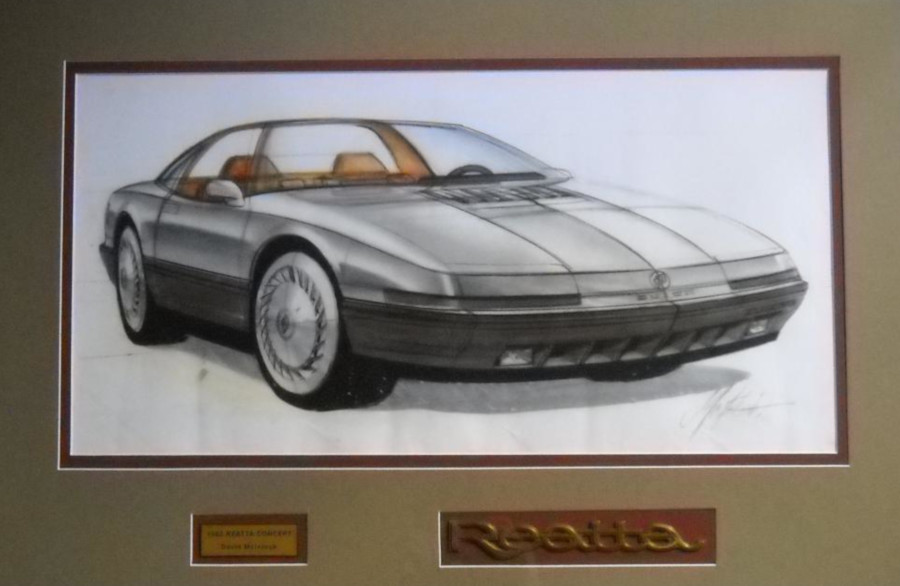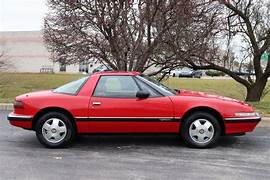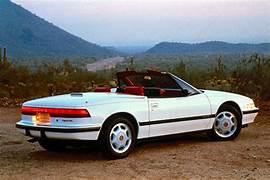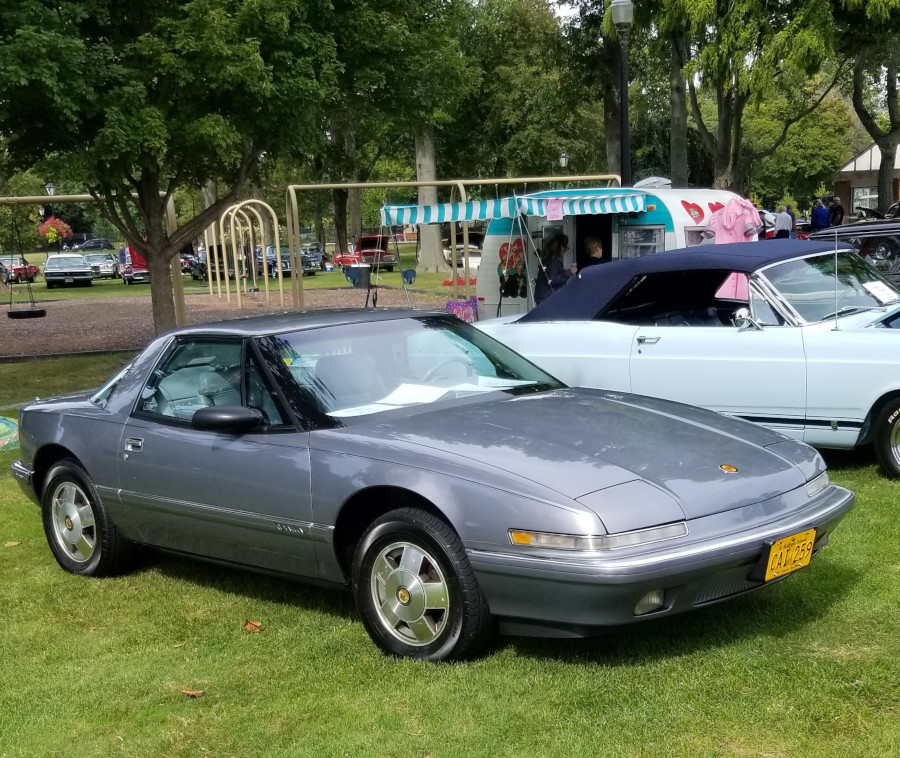By Jeffrey D. Brasie
Images Courtesy of the Author
Published 11.29.2023
 An early design sketch of the Buick Reatta
An early design sketch of the Buick Reatta
Seventy years ago, General Motors entered the two-seater market with the Chevrolet Corvette. The iconic vehicle was first assembled in Flint, Michigan with 300 units being shipped to dealerships.
Today, the Corvette lives on.
Since the 1980s GM’s various divisions have introduced and mass-produced a number of two-seaters. Among these are the Cadillac Allante and XLR-V, Pontiac Fiero and Solstice, and Saturn Sky.
In 1954 Oldsmobile built a two-seat prototype called the F-88, which never made it to the market. Not a true two-seater, but with a single bench seat was Chevrolet’s El Camino.
 A Buick Reatta coupe
A Buick Reatta coupe
What about GM’s Buick division developing a two-seater?
GM floated the idea in the early 1980s to develop a stylish two-seater using the Buick Riveria, Oldsmobile Toronado, and Cadillac Eldorado’s platform.
At a Buick collector gathering earlier this summer in Flint, Reatta designer David McIntosh revealed GM President Roger Smith gave the “go ahead” for the Buick brand to enter the two-seater vehicle market. With the given parameters, McIntosh began sketching designs in 1982. Throughout the entire process, McIntosh, along with modelling designers, engineers, marketing, and financial leadership teams, ensured the vehicle would exhibit Buick’s unique and cutting-edge brand identity. In summary, this was not a reduced in size Buick Riviera.
 The Reatta convertible
The Reatta convertible
Both the Cadillac and Buick Divisions were proceeding with the design and production of a two-seater. Cadillac would arrive first with the Allante market introduction in 1987, followed by Buick’s Reatta in 1988.
On naming the Reatta, McIntosh said the name was attributed to the 1956 movie “Giant,” starring James Dean, Rock Hudson and Elizabeth Taylor. The ranch in the film was called Reata. Buick and their advertising agency reworked it, and the Reatta name was born.
Production began in January 1988 at Lansing’s Reatta Craft Center. The front-wheel drive Reatta was powered by GM’s 3.8L V-6 engine and assisted by a four-speed automatic transmission. The vehicle was equipped with four-wheel disc brakes and anti-lock brakes.
The original Reatta was introduced as a coupe with the convertible arriving in the 1990 model year.
 A view of the author's 1990 Buick Reatta
A view of the author's 1990 Buick Reatta
For the first two years, the vehicle’s dashboard offered an “Electronic Control Center.” This screen offered touch control of HVAC, the radio system, a number of sensors, date and trip reminders, and an over-speed alarm reminder. The 1990 and 1991 models returned to a more traditional dashboard design. This decision was based upon research into their target audience who saw the center as an excessive electronic level.
The 1990 and 1991 models also offered a steering wheel-mounted airbag.
With all models, the exterior offered pop-up head lamps, fog lights, wrap-around tail lamps, push button trunk and fuel doors, along with a power antenna.
For the most part, the drivetrain remained the same until the 1990 and 1991 models, when transmissions were upgraded.
The distinctive “R” logotype was frequently found in the vehicle’s interior and exterior –- including the floor mats, wheel covers, steering wheel, owner’s manual, and related materials.
Priced in 1988 at $25,000, GM’s sales target was mature adults. The vehicle was literally hand-assembled by a team. The goal was to annually sell 20,000 units. The Reatta was competing against its Cadillac sister and numerous European and Japanese two-seater models -- all in the same price range.
The 20,000-unit annual sales goal was never achieved. In fact, when the last Reatta was assembled on May 14, 1991, a total of less than 20,800 units were sold over the model’s four-year run. Coupled with the low sales, the hand-crafted production process was expensive and difficult.
There is a national Reatta Club with information found at www.reatta.org. In addition, Marck Barker of Durham, North Carolina, operates a significant Reatta parts and vehicle sales business. Information can be found at www.EastCoastReattaParts.com.
Jeffrey D. Brasie is a retired health care CEO. He frequently writes historic feature stories and op-eds for various Michigan newspapers. He grew up in Alpena and resides in suburban Detroit. He drives a gray 1990 Buick Reatta coupe.



